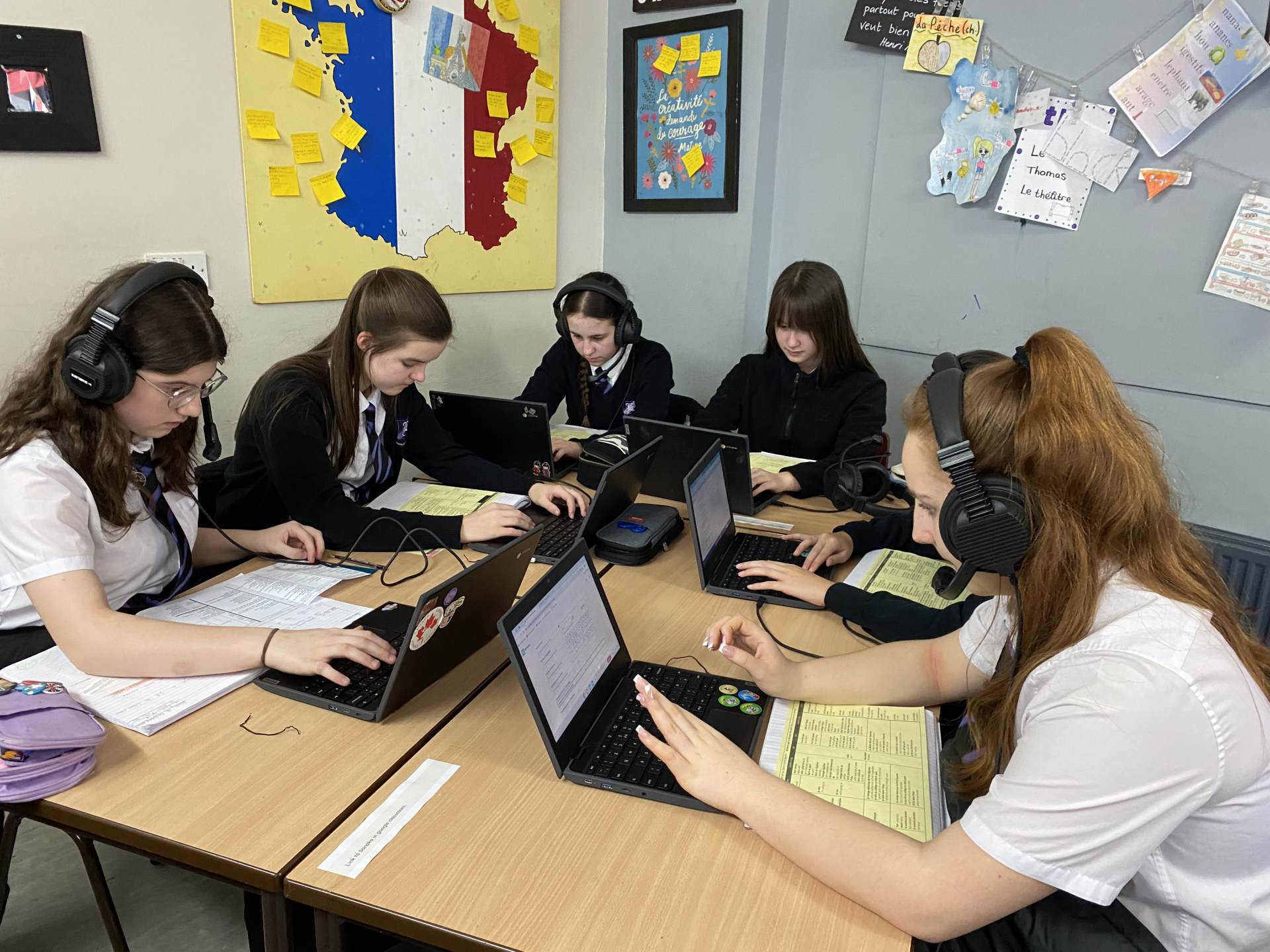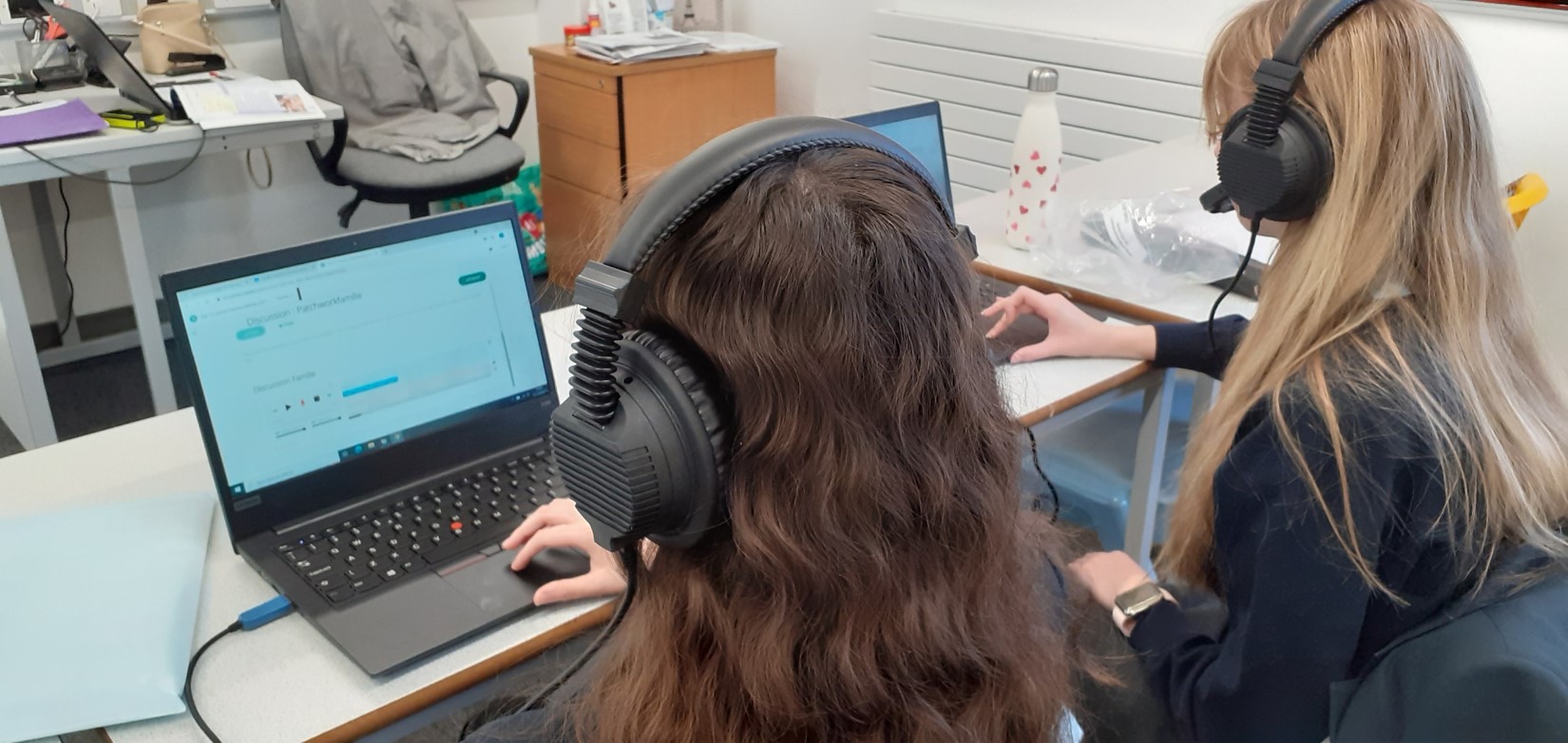How Sanako Connect is enhancing Foreign Language Learning Through BYOD Programmes in Schools

Bring Your Own Device (BYOD) programmes have become increasingly popular, particularly in independent schools, allowing students to use their personal devices such as tablets and laptops to facilitate learning at any time and in any place.
This approach offers several advantages, particularly in the context of foreign language education.
When implemented effectively, BYOD programmes can significantly enhance the language learning experience, making it more interactive, personalised, and engaging.
Personalised Learning Experience

One of the primary benefits of BYOD in foreign language learning is the ability to personalise education.
Students can use language learning apps tailored to their proficiency levels, interests, and learning styles.
Students can receive personalised feedback on their pronunciation, using a 0 to 5 star rating as well as words which have been mispronounced being underlined.
This personalised approach helps maintain student engagement and motivation, essential factors in mastering a new language.
Interactive Learning Tools
Interactive learning tools and platforms play a significant role in making language learning more dynamic.
Using Sanako Connect, students can participate in language games, quizzes, and challenges that make learning fun and competitive.
Students can use flashcards, matching activities aiding in vocabulary retention through spaced repetition.
Additionally, teachers can use Connect to create bespoke, automatically marked interactive language quizzes that students can participate in using their devices, fostering a collaborative learning environment.

Enhanced Communication and Collaboration

BYOD programs facilitate enhanced communication and collaboration among students and teachers.
Language learning often involves speaking and listening practice, and personal devices used with Sanako Connect can be used to create an online Language Lab, where teachers can set students activities to work in groups and pairs and listen into any of their conversations and speak to their groups to give feedback (thus fostering significantly improved focus and performance!).
They can also be used for voice recording if the teacher wants to do a whole class speaking assessment simultaneously, where students answer a series of questions, such as in a role play or about a photo card, and their answers are recorded for the teacher to listen back to. This interaction is vital for developing speaking and listening skills in a foreign language.
Flexibility and Convenience
The flexibility and convenience offered by BYOD programmes are significant advantages.
Students can practice language skills anytime and anywhere, turning mundane activities like commuting or waiting into productive learning opportunities.
This flexibility helps integrate language learning into daily life, reinforcing the language skills outside the classroom setting.
Moreover, students who may need additional practice or those who learn at a different pace can benefit from the ability to access learning materials and tools at their convenience.

Conclusion
 BYOD programmes, when strategically implemented, can significantly enhance the foreign language learning experience in schools. By leveraging personal devices, students gain access to personalised learning, authentic resources, interactive tools, and enhanced communication opportunities.
BYOD programmes, when strategically implemented, can significantly enhance the foreign language learning experience in schools. By leveraging personal devices, students gain access to personalised learning, authentic resources, interactive tools, and enhanced communication opportunities.
These elements combine to create a more engaging, effective, and flexible language learning environment. As schools continue to embrace technology in education, BYOD programmes hold the potential to transform how students learn foreign languages, preparing them for a globalised world.
If you would like to find out more about how Sanako Connect Online language centre can save your school time and money and also improve outcomes, please contact us




